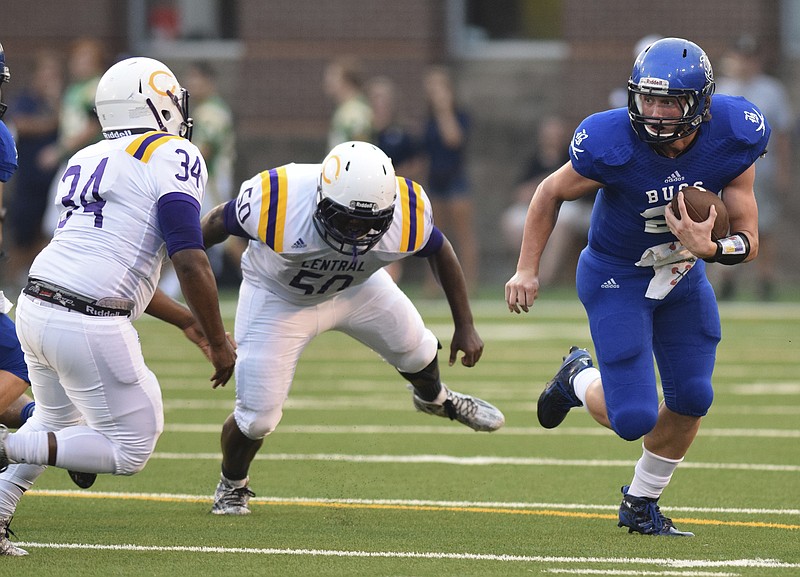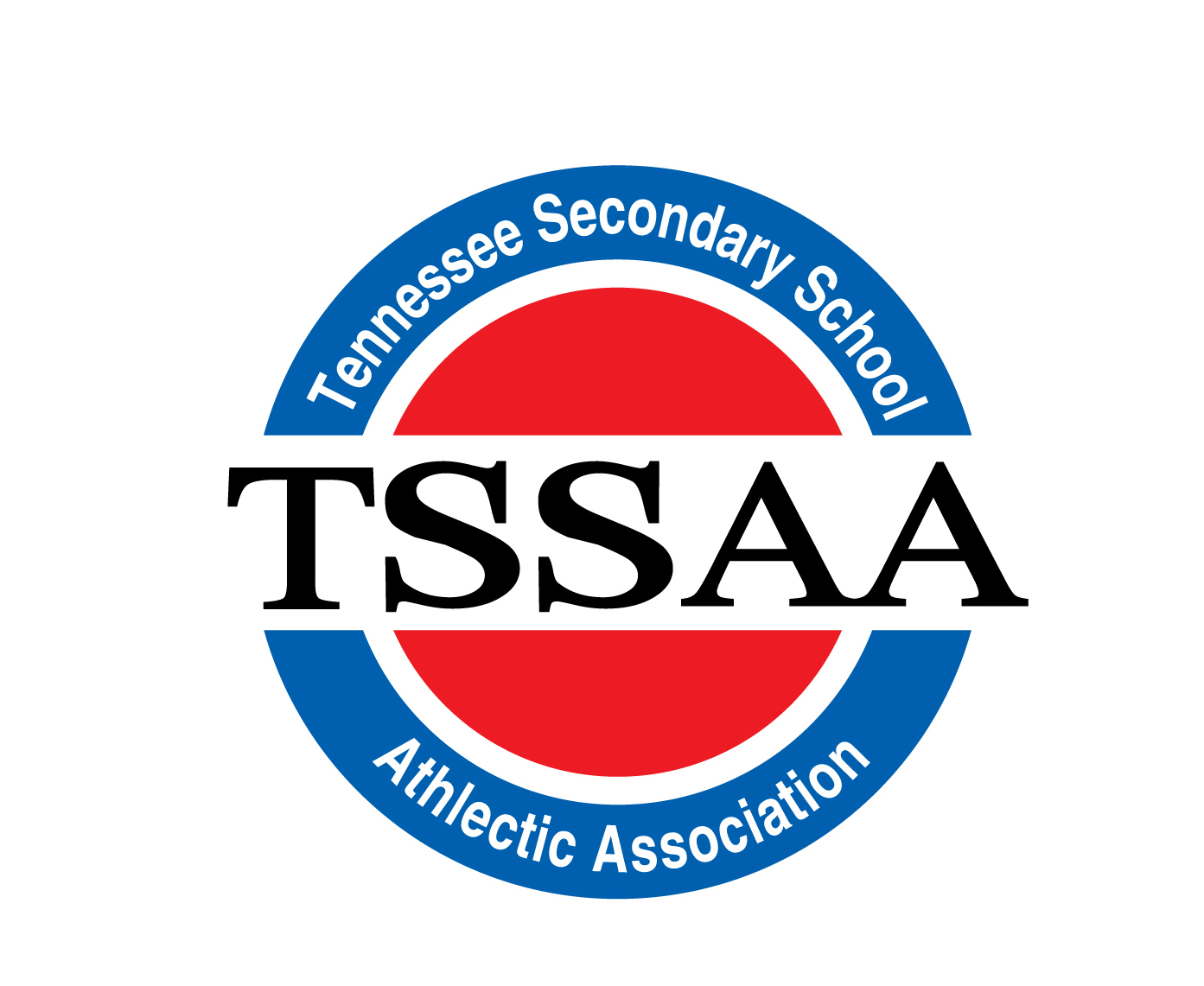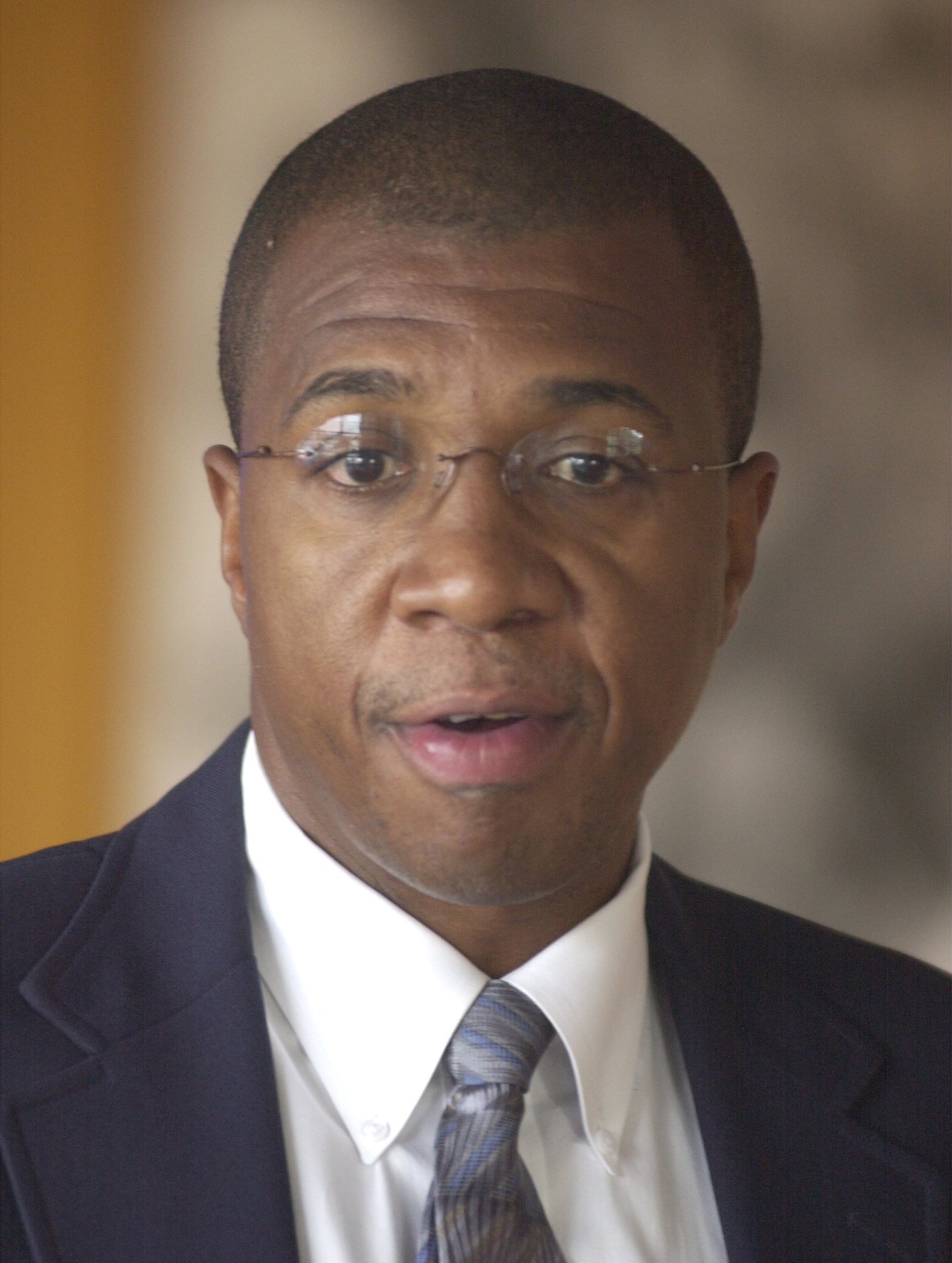MURFREESBORO, Tenn. -- In what will be viewed as another landmark decision in the decades-old public-private school debate in Tennessee, the TSSAA passed a ruling Tuesday that likely will lead most private schools currently competing in Division I to move soon to Division II.
The TSSAA's nine-member Legislative Council, which sets the rules for the state's high school athletic teams, met at the DoubleTree Hotel in Murfreesboro and passed five of the seven proposals on the agenda.
Arguably the biggest change to come was the wording of the organization's definition of "financial assistance program" to include work-study programs. D-I schools that currently provide work-study programs to student-athletes to offset the cost of tuition would have to move to D-II.
"It will be a significant change for every private school that's playing in Division I now," said Chattanooga Christian School president Chad Dirkse. "Ours will be a board decision, and not based solely on athletics, but it likely will force all Division I private schools to consider what they offer."
Also passed was a ruling that if tuition is charged it must be paid by the parent, bona fide guardian or other family member. Additionally, any work-study programs that involve the sibling of a student-athlete would also be considered financial aid and would force a school offering that assistance to move to D-II.
Each of those changes will go into effect at the beginning of the 2017-18 school year.
"Most of the new rules wouldn't really affect us since we don't have work-study programs," Boyd-Buchanan athletic director Joe Pope said. "But the part about not allowing breaks to families with multiple students attending our school could be a deal-breaker and force us to move to D-II.
"I understand having a rule that doesn't allow athletes to receive financial aid, but now that it will include every student, whether or not they're an athlete, then we may have a tough time asking so many of our families to pay that much in tuition without being allowed any help.
"They've basically put the decision on the private schools that are in D-I right now. It's up to each individual private school to determine whether their mission would guide them toward moving into D-II or not."
At the July meeting, the concern over forcing all private schools into D-II was that it would open the TSSAA to the potential for a lawsuit. That led the council to vote down the proposal, by a 5-4 count, to split schools strictly along public/private lines.
But in a shrewd move Tuesday, the TSSAA took away the likelihood for a legal battle by writing the proposed changes in such a way that it puts the onus on the individual schools to decide. The new rules give schools the option of doing away with need-based financial aid as well as work-study programs in order to stay in the public school league, or to continue offering financial aid as well as work-study programs but, by doing so, moving to D-II.
Also, the new rules apply also to public schools that charge tuition.
"I know the private schools that will be affected don't feel like it's much of an option, but we are giving them an option and they have time to decide what they will do before the new rules begin," said Soddy-Daisy principal Danny Gilbert, who represents the Chattanooga area on the council. "We were never going to get complete agreement from both sides, but this lets everybody know where we're going now.
"We didn't want to turn our backs on the private schools, but we also had to listen to the great majority of our member schools that wanted change."
Currently 46 private schools compete against each other in D-II, while 24 other private schools, mostly in the smaller classifications, still compete in the public school division and must tolerate having their enrollment multiplied for classification's sake by 1.8, the highest in the nation, to do so.
It's unclear how many of those 24 will now opt to join D-II, although the feeling at Tuesday's meeting was that the great majority of those would. If that is the case, the public schools that have asked for a complete split for nearly two decades will finally get what they've wanted.
While the decision is expected to be embraced by those public schools, it was met with stern disappointment, even borderline outrage, by many of the administrators representing private schools that currently compete in the public school division. Those administrators met with TSSAA attorney Rick Colbert and executive director Bernard Childress for nearly 30 minutes after the meeting was adjourned, and several times that discussion became tense.
"The proposals that were passed were written in such a way that it will affect not only private schools, but also open-enrollment public schools that charge tuition," Childress said. "So long as the student's family pays the tuition, they would be OK. But if there is financial assistance provided by the school, then that school must play in Division II.
"It's a total change from what we've allowed in the past, so I understand there will be some folks who are upset. But the way we look at it, there were some loopholes that had been left open from our previous votes on this matter, and those loopholes were closed today."
The changes are aimed at helping smaller public schools, since private schools compete against public schools only in the four smallest classifications in football and the two smaller classes in all other sports.
The council also addressed some of the recruiting concerns by passing a rule that states if a student transfers into a new school where an "athletic coaching link" existed in the past 12 months with a coach at that school, the student-athlete will be deemed ineligible for 12 months.
Links include attendance at an open gym or camp (and then transferring); playing on a non-school (independent) or summer sports team (such as AAU) and then transferring to that coach's school; as well as transferring to a school where a former coach has just been hired or transferring into a school where a former or current personal trainer or strength and conditioning coach is employed.
Contact Stephen Hargis at shargis@timesfreepress.com or 423-757-6293.


